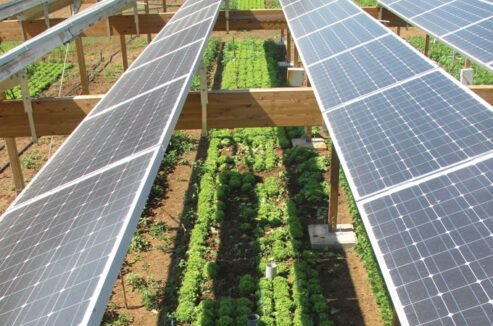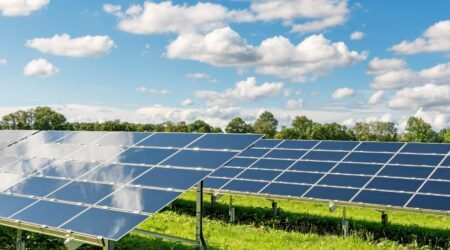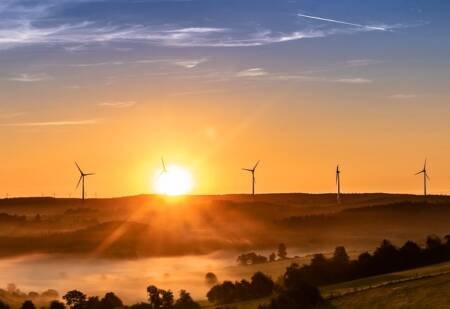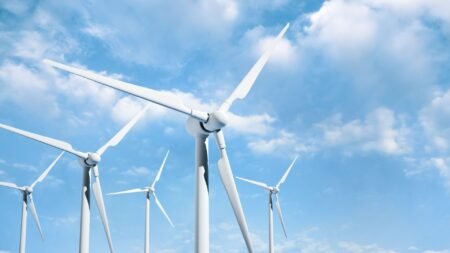Covering just 1% of the utilised agricultural area (UAA) with agrivoltaic systems could result in 944 GW direct current of installed capacity. Combining farming and solar photovoltaic electricity production – known as agrivoltaics – on a mere 1% of EU utilised agricultural area (UAA) could help to surpass the EU’s 2030 targets – 720 GW...
4 Mins Read
Agrivoltaics alone could surpass EU photovoltaic 2030 goals
WoREA
Welcome to WoREA! You are in the right place to learn about all things renewable energy. We would like to take this opportunity to firstly wish you well, congratulate you for being here, but above all else, thank you personally for your interest in renewable energy - we like you! Please feel free to submit your content and/or reach out directly. We are always interested in learning more about our members and the markets in which you work.
You Might Also Like..
Add A Comment















